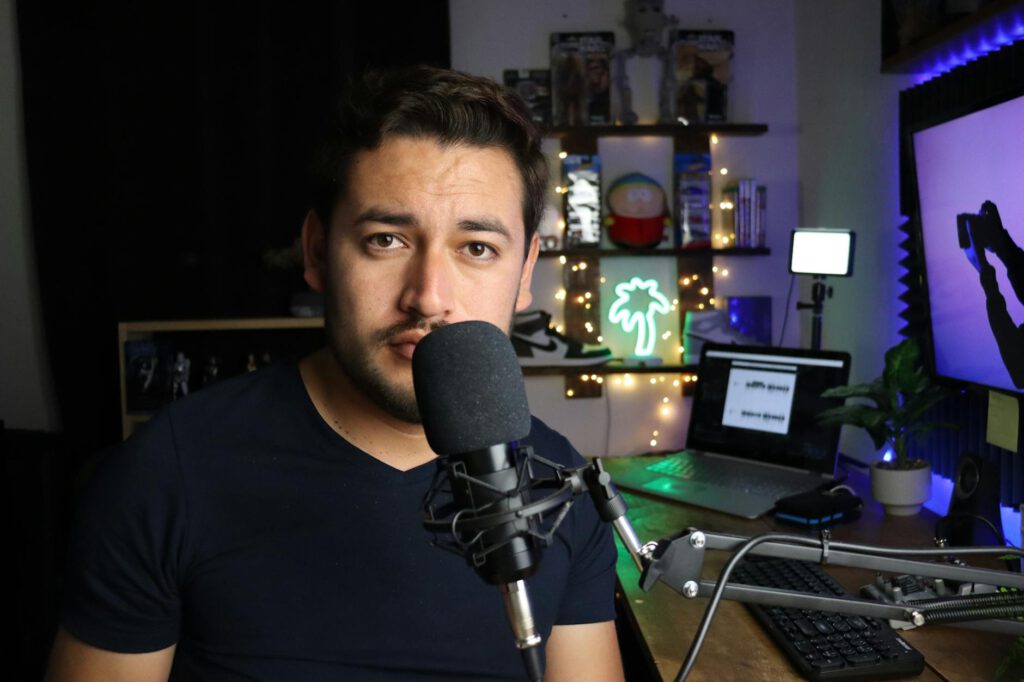Introduction
The gaming industry has evolved into a lucrative career path, especially for students looking to earn extra income. With platforms like Twitch and YouTube Shorts offering monetization opportunities, aspiring streamers can turn their passion into profit. However, choosing the right platform and strategy is crucial for success.
This guide explores how students can monetize gaming streams effectively by comparing Twitch and YouTube Shorts. We’ll break down the pros and cons of each platform, share actionable strategies, and provide tools to help you maximize earnings—all while balancing academics.
Main Idea: Twitch vs. YouTube Shorts for Monetization
Twitch is the go-to platform for live gaming streams, offering multiple revenue streams like subscriptions, ads, and sponsorships. YouTube Shorts, on the other hand, focuses on short-form vertical videos, leveraging YouTube’s massive audience and ad revenue-sharing model.
Both platforms have unique advantages, but the best choice depends on your content style, audience engagement, and consistency. Below, we dive into the specifics of monetizing on each platform.
Subtopic 1: Monetizing on Twitch
Twitch is the dominant platform for live gaming content, with over 140 million monthly active users. For students, it offers several monetization options:
1. Subscriptions & Bits
- Viewers can subscribe to your channel for $4.99, $9.99, or $24.99 per month, with streamers earning a 50-70% cut.
- Bits (Twitch’s virtual currency) let viewers cheer during streams, and each Bit translates to $0.01 in revenue.
Example: A student streamer with 100 subscribers at $4.99/month could earn ~$250/month (assuming a 50% split).
2. Ad Revenue
- Twitch’s Partner and Affiliate programs allow streamers to run ads. Earnings vary based on CPM (cost per thousand impressions).
- Tip: Schedule mid-roll ads during peak viewership to maximize revenue without losing engagement.
3. Sponsorships & Donations
- Brands often sponsor small to mid-sized streamers for product placements or shoutouts.
- Platforms like StreamElements and PayPal enable direct viewer donations.
Challenge: Twitch requires consistent streaming (15+ hours/week) to grow an audience, which can be tough for students.
Subtopic 2: Monetizing with YouTube Shorts
YouTube Shorts is YouTube’s answer to TikTok, focusing on short, engaging clips. For gamers, it’s a low-effort way to attract views and monetize.
1. YouTube Partner Program (YPP)
- Once you hit 1,000 subscribers and 4,000 watch hours (or 10M Shorts views in 90 days), you can join YPP and earn ad revenue.
- Shorts ad revenue is shared via the YouTube Shorts Fund (though this is transitioning to a revenue-sharing model).
2. Super Chats & Channel Memberships
- Live streams on YouTube allow Super Chats (paid viewer messages) and memberships ($4.99/month for exclusive perks).
3. Sponsorships & Affiliate Marketing
- Shorts can quickly go viral, attracting brand deals.
- Promote gaming gear via affiliate links (e.g., Amazon Associates, Elgato).
Example: A 30-second Short showcasing a funny gaming moment could hit 500K views, driving traffic to your main channel and sponsorships.
Steps to Maximize Earnings on Both Platforms
For Twitch:
- Stream Consistently: Stick to a schedule (e.g., 3-4 nights/week).
- Engage Your Community: Use chatbots, polls, and Discord to keep viewers active.
- Leverage Multi-Platform Promotion: Share clips on TikTok, Twitter, and Instagram to attract new viewers.
For YouTube Shorts:
- Post Daily or Weekly: Shorts thrive on frequent uploads (1-2/day).
- Optimize for Trends: Use trending hashtags (#GamingClips, #GameFail) and sounds.
- Cross-Promote Long-Form Content: Link to your live streams or tutorials in Shorts descriptions.
Tools & Resources
- Streaming Software: OBS Studio (free), Streamlabs (premium features).
- Editing Tools: CapCut (for Shorts), Adobe Premiere Rush.
- Analytics: TwitchTracker, YouTube Studio.
- Monetization Help: Patreon (for exclusive content), Ko-fi (for donations).
FAQs
1. Can I monetize on both Twitch and YouTube Shorts?
Yes! Many streamers use Twitch for live content and repurpose clips into Shorts for additional revenue.
2. How much can a student realistically earn?
- Twitch: $100-$1,000/month (with 50-500 subscribers).
- YouTube Shorts: $50-$500/month (with 10K-100K views per Short).
3. Do I need expensive equipment to start?
No—a decent mic (e.g., Fifine K669) and a mid-range PC or console are enough for beginners.
4. How do I balance streaming with studies?
- Set a strict schedule (e.g., stream only on weekends).
- Batch-record Shorts during breaks.
Conclusion
Monetizing gaming streams as a student is achievable with the right platform and strategy. Twitch is ideal for live, interactive streams, while YouTube Shorts offers quick, viral growth. By leveraging both, you can diversify income streams without overwhelming your academic workload.
Start small, stay consistent, and engage your audience—your gaming passion could soon pay your tuition!
This article provides a comprehensive, SEO-optimized guide while maintaining readability and actionable advice. Let me know if you’d like any refinements!

